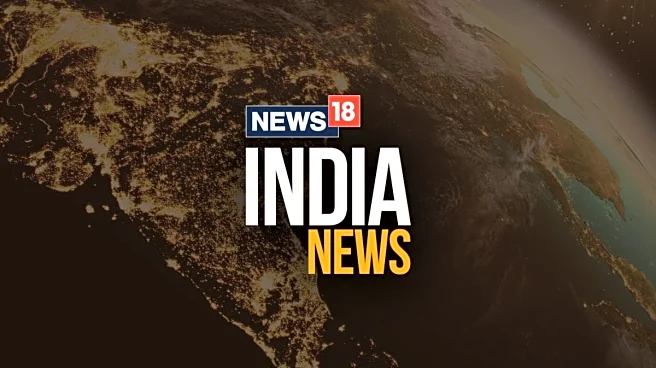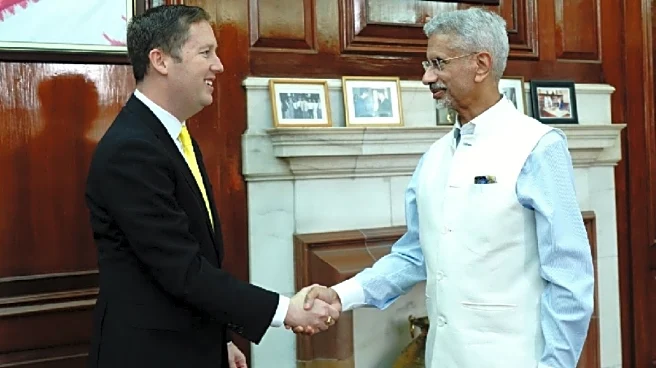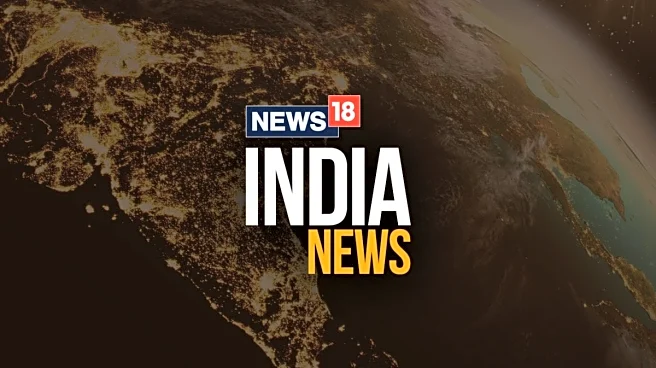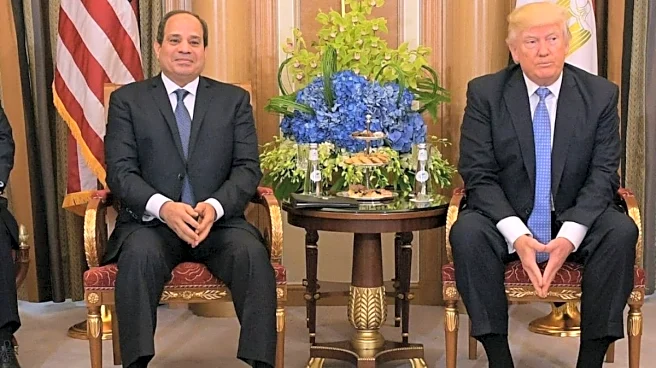The world’s best-known space organisation has gone silent. NASA was forced to cease key aspects of its activities on October 1, 2025, due to the US Congress’s failure to pass a budget. Thousands of personnel
were furloughed, laboratories were closed, and several missions were halted. While crucial teams continue to operate the International Space Station (ISS) and keep critical satellites operational, much of NASA has effectively entered “pause mode”. For Americans, this is a budget impasse. For the world, and particularly for India, it raises wider questions: How vulnerable are global science and space exploration when they are so reliant on one agency’s funding cycles?
Why NASA matters globally
NASA is a federal agency in the United States, although its reach extends globally. Its Earth-observing satellites contribute to weather and climate models used by meteorologists throughout Asia and Africa. Its planetary missions provide data to institutions and researchers on multiple continents. NASA coordinates and provides resources for the International Space Station (ISS), which is run in collaboration with Europe, Japan, Russia, and Canada. In short, NASA is more than just America’s space programme; it is a component of the world’s scientific infrastructure. When it stalls, the consequences extend well beyond Washington.
According to internal estimates, more than 15,000 NASA personnel have been furloughed. Only a small “excepted” team continues to run the ISS, monitor satellites, and ensure astronaut safety. Everything else, from grant approvals to mission planning, is stalled.
NASA satellites monitor carbon emissions, polar ice, and sea-level rise. Interruptions pose an impact on global climate models, particularly India’s important monsoon projections. High-profile initiatives such as Artemis (the US mission to return to the Moon) and the Mars Sample Return are experiencing additional delays and rising expenses.
Further, researchers all throughout the world, including India, rely on NASA’s open data portals. Nevertheless, a payment delay can take place with overseas enterprises supplying NASA with hardware and technology, causing financial hardship in the aerospace industry.
India’s stakes
For India, the NASA suspension has direct consequences. The Indian Meteorological Department incorporates NASA satellite data into its models. Even a temporary lapse can affect the accuracy of projections used to guide farmers and policymakers.
The NASA-ISRO Synthetic Aperture Radar (NISAR) satellite, a collaborative project to study Earth’s ecosystems, ice, and tectonics, may suffer schedule issues if NASA cannot keep up. In 2008, Chandrayaan-1 profited from NASA’s Moon Mineralogy Mapper, demonstrating how interconnected these collaborations are. Many Indian PhD researchers and scientists who work with NASA data will experience delays in their projects. In a country with limited finances, delays in foreign access are especially damaging.
As India establishes itself as an emerging space power, it must confront the truth that its closest ally can be unpredictable. This will force New Delhi to hedge its bets with Europe, Japan, and private American enterprises like SpaceX.
Lessons for India
The shutdown provides three distinct lessons for India’s space strategy. ISRO has long avoided political disturbances. As India takes on larger programmes like Gaganyaan (human spaceflight), it must ensure stable multi-year funding to avoid stop-start cycles to maintain continuity. Secondly, India should avoid relying too heavily on US databases. Lastly, expanding its own Earth-observation satellite capability will increase the country’s self-reliance by promoting ‘Atmanirbhar Bharat’ and attractiveness as a data provider to others.
With NASA stalled, India may emphasise its dependability, leveraging opportunity. Chandrayaan-3 and Aditya-L1 have shown that India can deliver results on tight budgets and timelines. This move can be significant in the space economy. The symbolism of the NASA shutdown extends beyond budgets. For decades, NASA has represented human ambition—the notion that exploration should continue despite political pressure. Today, the image seems more vulnerable. The hiatus presents a propaganda opportunity for China, which is pushing ahead with its ambitions for the Tiangong space station and lunar outpost. It serves as a warning to allies such as India, Europe, and Japan that partnerships with the United States must always take into account domestic turbulence.
What happens next?
NASA will resume operations once funding is restored, but recovery will not be immediate. Missions will be delayed, expenditures will increase, and momentum will be lost. The greater risk is reputational: if shutdowns become more common, trust in America’s ability to lead long-term programmes would fade. For India, this shows up as two options: a warning and an opportunity. The danger is that space science is never immune to politics; India must protect ISRO as it grows. The chance is to position itself as a solid, dependable partner in an era when America appears uncertain.
The NASA shutdown is not solely about US politics. It’s about the vulnerability of world science. A stop in Washington can disrupt weather forecasts in Asia, research in Europe, and commercial projects on multiple continents. For India, which is on the verge of becoming a major space power, this is both a warning and an opportunity. The caution is that space research is never completely independent of politics. The opportunity for India is to promote ISRO as a reliable global partner. By advancing lunar, solar, and human spaceflight programmes, New Delhi may demonstrate that it provides stability when even America falters.
Anusreeta Dutta is a columnist and political ecology researcher with prior experience as an ESG analyst. Views expressed in the above piece are personal and solely those of the author. They do not necessarily reflect News18’s views.
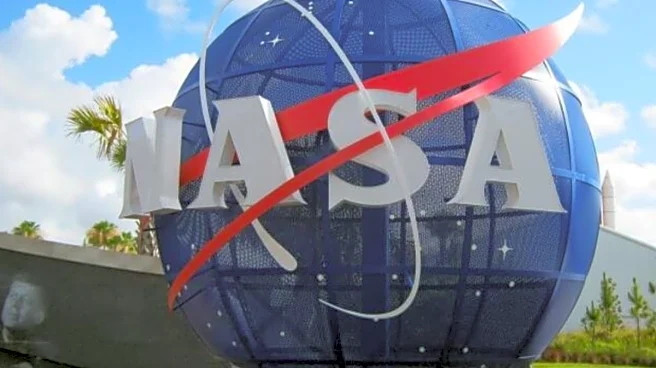

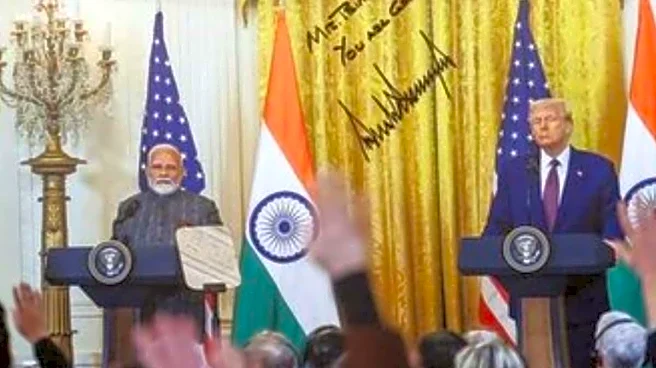

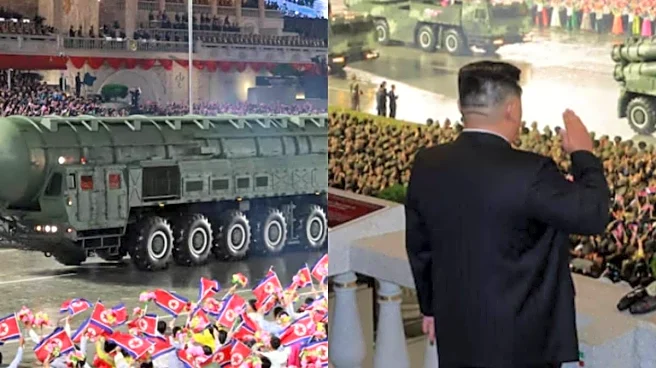
/images/ppid_a911dc6a-image-176020783229675245.webp)


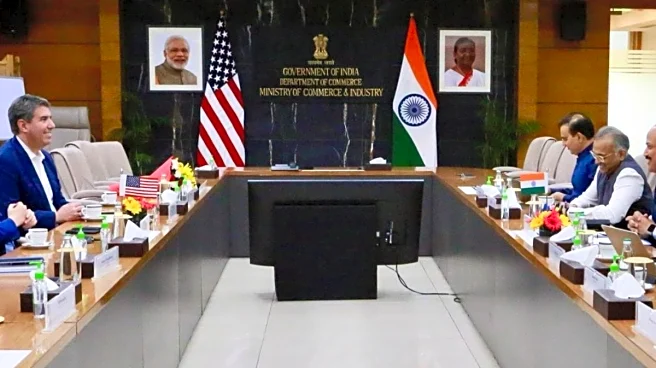
/images/ppid_a911dc6a-image-176004142929517243.webp)
